Inhaltsverzeichnis
Have you ever heard of indica and sativa? The world of cannabis is characterized by these two varieties, which differ not only in their names, but above all in their properties and effects on people. Let's delve deeper into the world of indica and sativa to better understand their origins, visual characteristics, flowering phases, effects and aromas.
Historical background of the hemp plant
- Ruderalis, the new kid on the block
- Is CBD in Sativa and Indica?
Hemp: Cannabis Sativa, Indica & Co - The differences simply explained!
Have you ever heard of indica and sativa? The world of cannabis is characterized by these two varieties, which differ not only in their names, but above all in their properties and effects on people. Let's delve deeper into the world of indica and sativa to better understand their origins, visual characteristics, flowering phases, effects and aromas.
Historical background of the hemp plant
The hemp plant has a fascinating history that dates back more than 12,000 years. It was originally cultivated in various parts of the world and was used not only for food but also for making paper and clothing. Despite its versatile uses, hemp fell into disrepute over time and was often incorrectly associated with drug use. Today, more and more people are recognizing the diverse possibilities of this plant.
Basics of the hemp plant
The terms marijuana, cannabis and hemp are omnipresent and ultimately refer to the same thing: the hemp plant. As one of the oldest useful and cultivated plants on earth, it has found a variety of uses over time, from building materials to food and traditional household remedies. Today, the hemp plant is in the spotlight primarily because of its therapeutic properties, which are primarily due to the cannabinoids it contains, particularly cannabidiol (CBD) and tetrahydrocannabinol (THC).
The diversity of hemp varieties
The world of hemp varieties is large and diverse, with over a thousand different variants, the exact number of which is difficult to determine due to the numerous crosses. Basically, a distinction is made between three main types and their subspecies (species) as well as various hybrids (varieties). The three main types are
- Cannabis sativa
- Cannabis indica
- Cannabis ruderalis
These three hemp varieties impress with their unique properties in terms of appearance, growth and effects. Immerse yourself with us in the fascinating world of these hemp varieties and their respective special features.
Differences at a glance
The differences between sativa and indica can be seen in various aspects:
|
Sativa |
Indicas |
|
|
Characteristics |
Invigorating / stimulating |
Calming/Relaxing |
|
Origin |
Mexico/Jamaica/Thailand/etc. |
India/Morocco/Pakistan/etc |
|
Containing cannabinoids |
Full plant spectrum |
Full plant spectrum |
|
Aroma |
Herbaceous / Earthy |
Strong / fruity |
|
flowering time |
9-12 weeks |
6-9 weeks |
|
Height |
3-4 meters |
1-2 meters |
|
Growth habit |
Long/Skinny |
Densely branched / bushy |
|
leaves |
Long/Skinny |
Broad |
|
Color |
Light green |
Dark green |
Sativa - the energetic plant
Cannabis Sativa, the strain for creative types, thrives best in a consistent tropical climate and comes from countries like Thailand, Jamaica, Colombia and Mexico. During the vegetative phase, sativa plants grow into impressive, airy specimens up to 5 meters tall. This variety is characterized by thinner leaves and larger spacing between leaf nodes. Flowering time averages 16 weeks, and sativas are often grown outdoors. Classic sativa plants produce loose, airy buds. The famous Haze strain is considered a prime example of sativa breeding, a harmonious mix of equatorial genotypes with high THC and low CBD content.
The effect of Sativa is characterized by a head-heavy high that is stimulating, activating and motivating. It promotes inspiration, increases alertness, stimulates appetite and improves well-being and concentration.
Indica - The calming plant
Indica cannabis, the source of pure relaxation, was first discovered in India, hence the name. But indica varieties also thrive in Pakistan, Afghanistan, Morocco and Lebanon. The most popular comes from the Hindu Kush and is very popular with breeders. Indica plants reach a maximum height of around 2 meters but grow faster and focus on bud production. With a short flowering time of 6 to 9 weeks and a yield of 400 to 600 g/m2 depending on whether grown indoors or outdoors, Indica is quite different from its Sativa relative. Their appearance is bushier, with wider, darker leaves that absorb light better. Many thick buds and short branches are characteristic. One of the most well-known indica strains, Northern Lights, is popular with growers for its hardiness and short flowering time. It grows up to 1.2 meters high and has a fruity taste. Northern Lights is used medicinally because of its high THC content, averaging over 17%.
The effect of Indica is characterized by a physical high that relieves anxiety, helps with tension and stress, has a calming and relaxing effect, promotes sleep and can relieve migraines.
Sativa vs. Indica: The effect in focus
Consumers associate indica with a strong physical high and sativa with a more cerebral high. These effect profiles are relevant for the industry, but are questioned by experts. The actual effect can vary greatly and often depends more on the individual chemical composition of the plant than on its genetic lineage.
Ruderalis, the new kid on the block
Ruderalis gets its name from the Latin "rudus" (rubble). Originally discovered in central Russia in 1929, this type of hemp is also widespread in Central Europe and Central Asia. For a long time the plant was considered a wild plant and received little attention. With a height of 50-100 cm and fewer leaves than indica and sativa varieties, the Ruderalis is characterized above all by its robustness and cold resistance. Breeders like to use these characteristics for crossbreeding. A special feature of Ruderalis is its ability to autoflower, meaning it can automatically transition from the vegetative phase to the flowering phase, unlike most strains that are photoperiod dependent. The flowering time is 3-7 weeks, although the buds themselves are rather small. The psychoactive substance (THC) content is rather low compared to other hemp varieties, but contains a sufficient amount of CBD so that it can be used for medicinal purposes.
Hybrid varieties
There are numerous crosses between different strains of hemp, making it possible to combine the beneficial properties of one strain with those of another. This leads, for example, to mixtures of indica and sativa as well as various hybrid strains. This makes the world of cannabis strains even more complex with hybrids and Cannabis Ruderalis. Hybrids combine different properties, while low-THC ruderalis is primarily important for medicinal purposes.
One of the most famous hybrid strains is Haze Automatic. Originally developed in the Netherlands in the 90s, the Sativa strain Haze was rather unsuitable for indoor cultivation due to its long flowering time of 12 weeks and its impressive height of 3 to 5 meters. To solve this problem, breeders cleverly crossed Haze with a Ruderalis, resulting in Haze Automatic. The shortened flowering time of just 8 weeks and the reduced height of 80-150 cm make it ideal for indoor cultivation. The yield of 50-150 g depends on care. The new characteristics were convincing and Haze Automatic became one of the most popular sativa-dominant cannabis strains for indoor growers. This hybrid is valued for its very energetic, almost euphoric effects. The citrus aroma completes the experience and gives a refreshing note that leaves you wanting more.
The True Meaning of Indica and Sativa
The distinction between indica and sativa is more important for growers than consumers. Today's hybrids and the diversity of cannabis plants show that the effect does not solely depend on genetic ancestry. Rather, each consumer's individual chemical profiles and endocannabinoid system play a crucial role. Indica and sativa are therefore categories of cultivation and appearance rather than clear indicators of effect.
Is CBD in Sativa and Indica?
CBD is found in both sativa and indica hemp varieties, but most CBD oils are derived from CBD-rich industrial hemp varieties. Industrial hemp includes all types of hemp that are grown for industrial purposes and are subject to legal regulations. These hemp strains are typically low in THC, with Cannabis Sativa often used for cultivation.
If you would like to learn more about CBD, please read our article “ What is CBD?” ”
—————————————
MOST ASKED QUESTIONS:
What is the difference between Indica and Sativa?
Indica is a cannabis strain that typically produces smaller and more compact plants that have a calming and relaxing effect. In contrast, Sativa is another cannabis strain that produces longer and looser plants that have a stronger and more energetic effect.
How do Indica and Sativa affect the body?
Indica has a relaxing and sedative effect that can cause sleepiness and fatigue. Sativa, on the other hand, usually has an energetic and psychoactive effect that can lead to increased concentration and energy.
Where do Indica and Sativa come from?
Indica and Sativa originally come from the growing regions of the Himalayan Mountains in South and Central Asia.
What is the difference between Indica and Sativa inflorescences?
Indica inflorescences tend to be dense, compact, and dark green, while sativa inflorescences tend to be looser and lighter in color.
What ingredients are contained in Indica and Sativa?
Indica is mainly rich in tetrahydrocannabinol (THC) and cannabidiol (CBD), while sativa has higher levels of cannabinoids and terpenes.
What kind of plants do Indica and Sativa produce?
Indica plants tend to be small, dense and bushy, while sativa plants tend to be large, loose and tall.
How does the taste of indica and sativa differ?
The taste of indica and sativa is subjective and therefore very different.
What are the differences in the effects of Indica and Sativa?
Indica tends to have a calming and relaxing effect, while Sativa has a stronger psychoactive effect.
How to distinguish indica and sativa?
Indica and Sativa can be distinguished based on their different appearances, sizes, colors, flavors and active ingredient compositions.


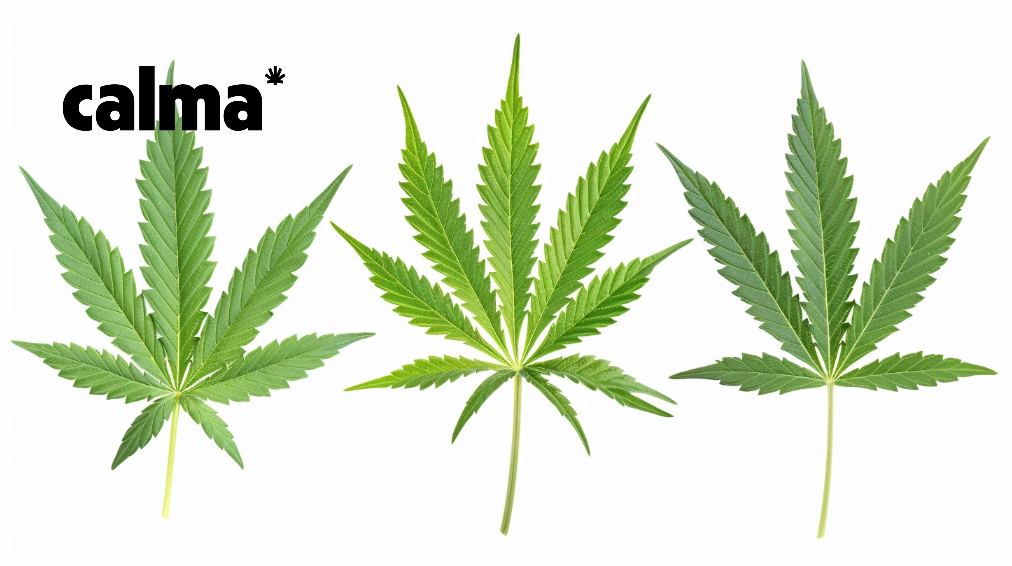

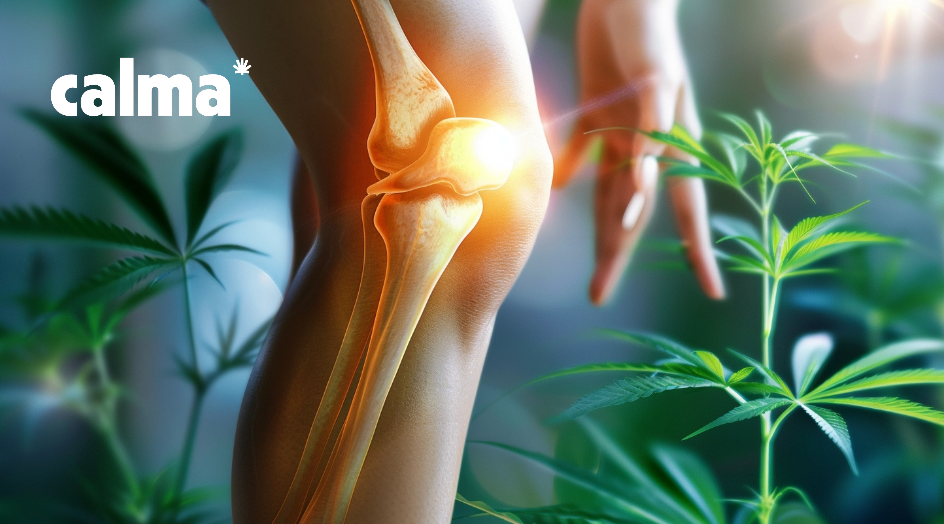

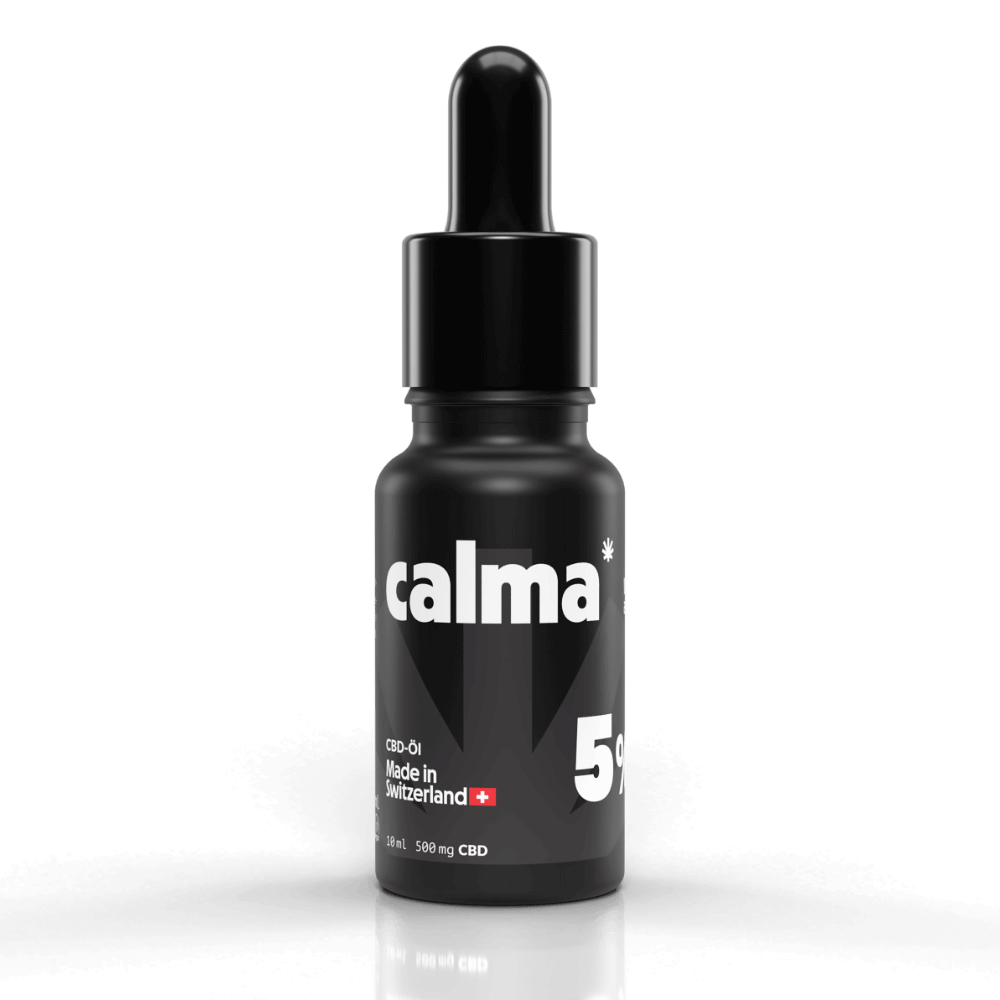

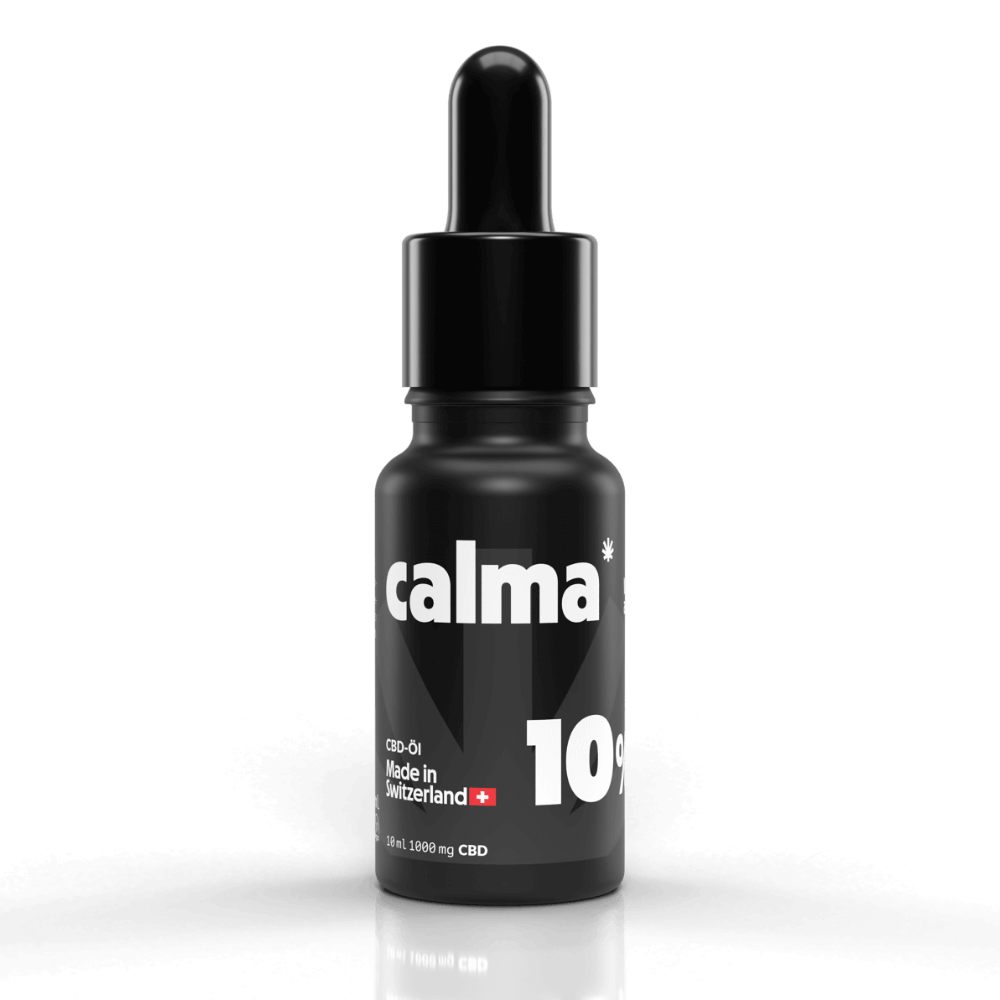

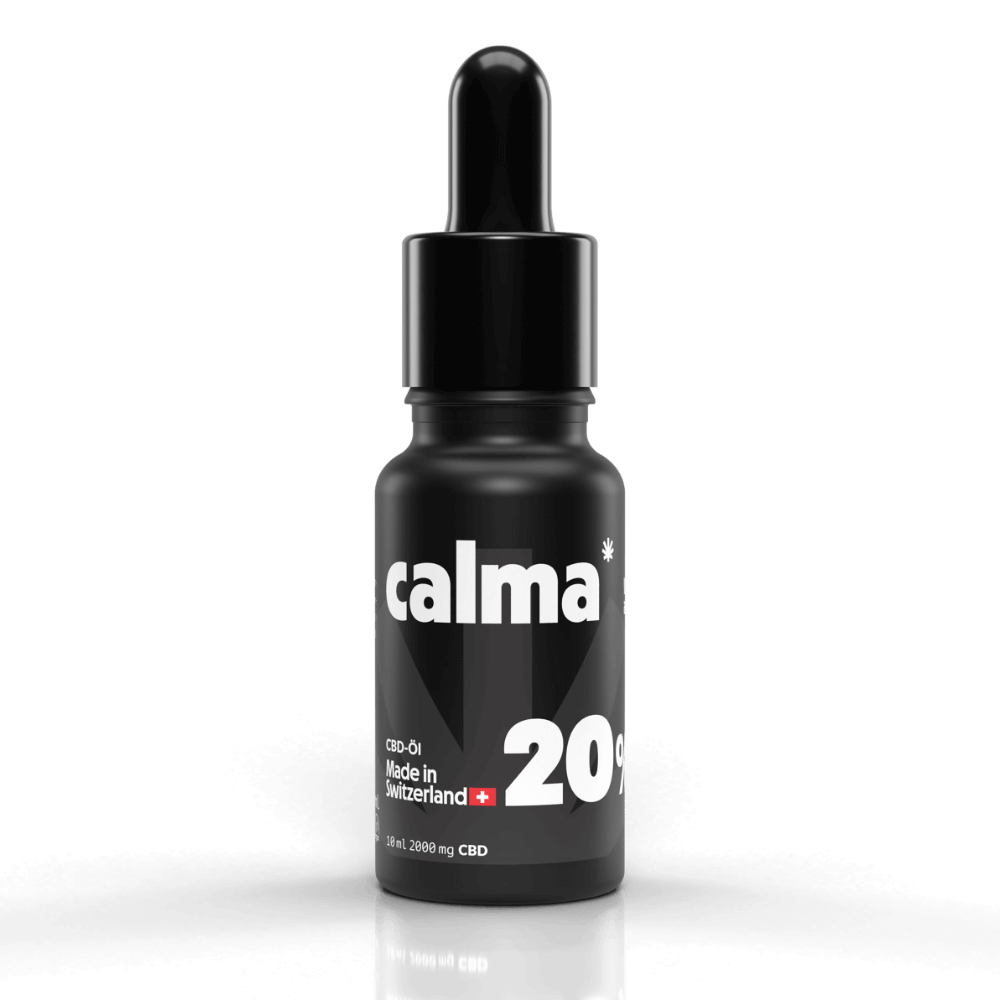

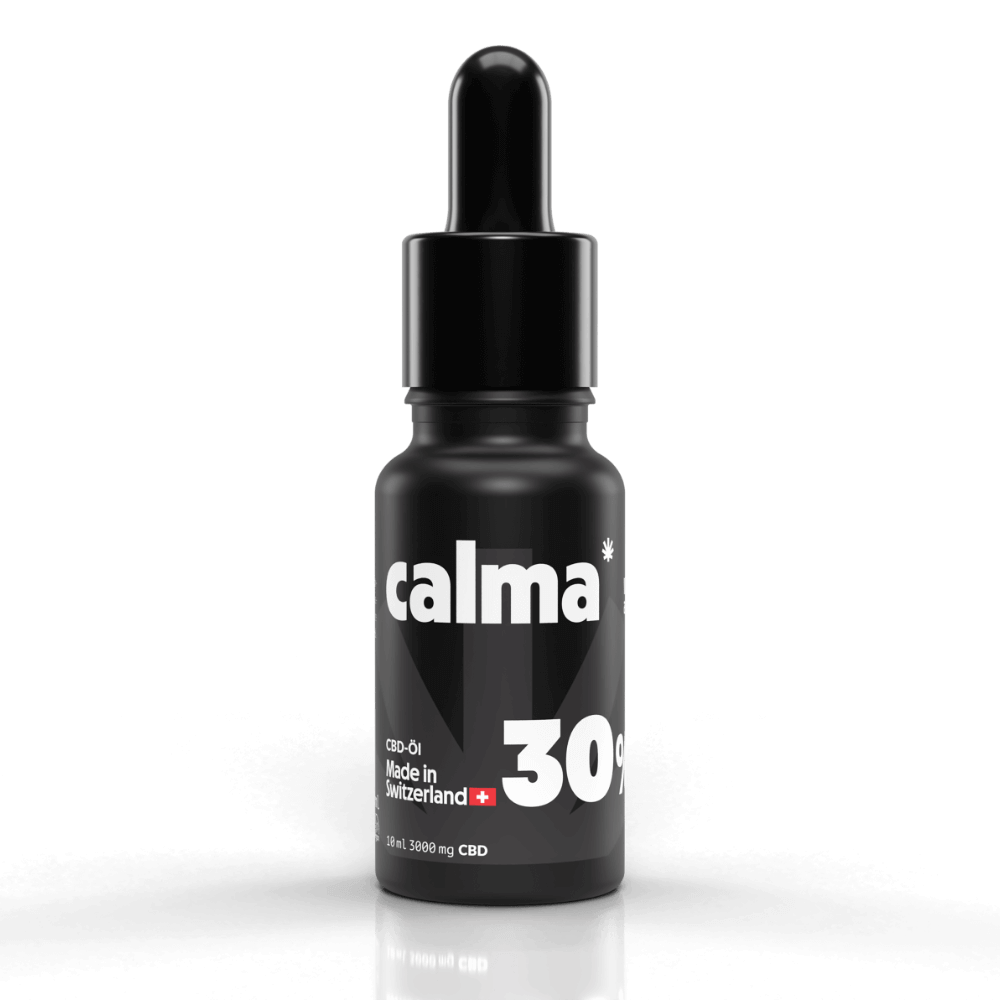



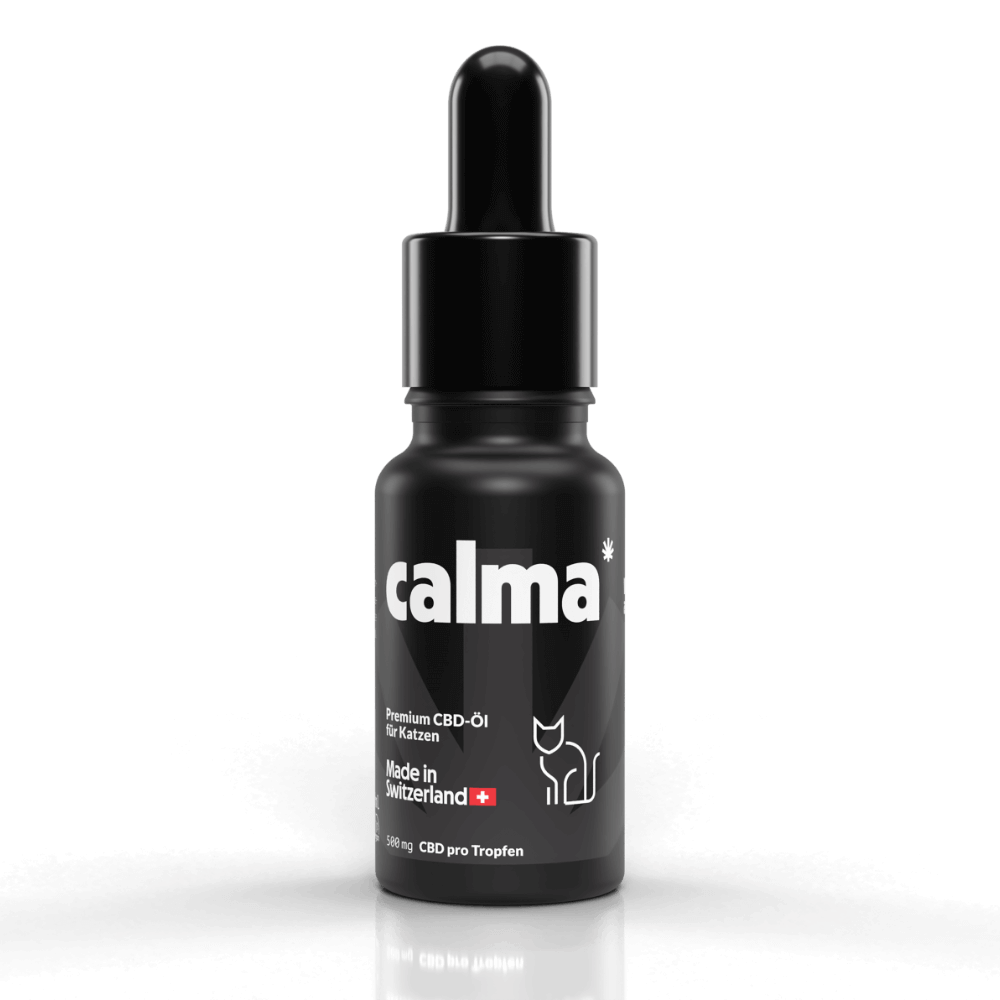



Leave a comment
All comments are moderated before being published.
This site is protected by hCaptcha and the hCaptcha Privacy Policy and Terms of Service apply.